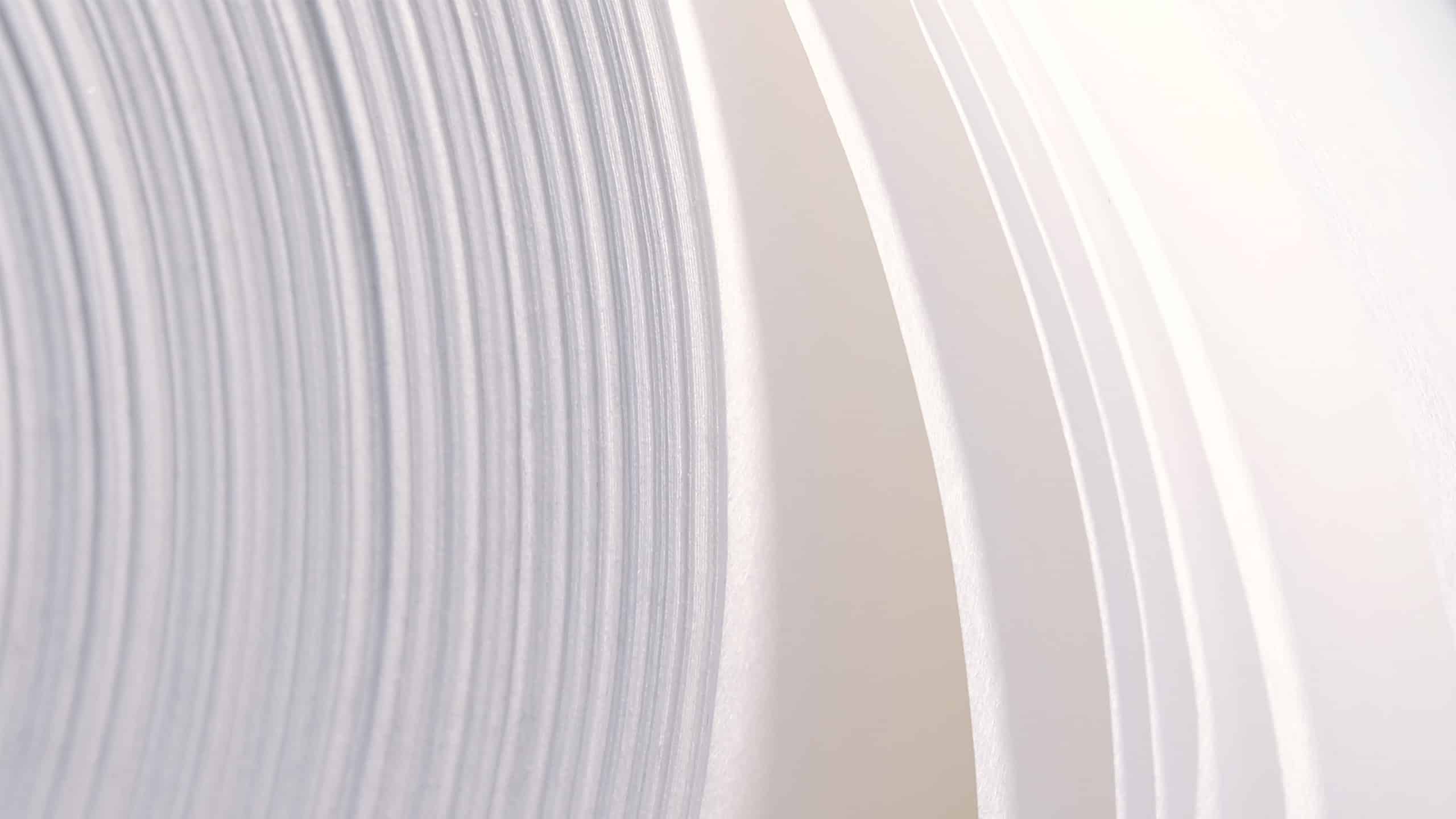Innovative materials transforming hygiene packaging

What are innovative materials in hygiene packaging?
In recent years, the term “innovative materials” has gained prominence in the realm of hygiene packaging, driven by the urgent need for sustainable and effective solutions. According to the Confederation of European Paper Industries, these materials are designed to enhance packaging functionality while reducing environmental impact, aligning with the growing demand for eco-friendly alternatives. As the world confronts the challenges of plastic pollution, the pursuit of materials that are both high-performing and environmentally responsible becomes increasingly critical.
Innovative materials are crucial in addressing various challenges, including reducing packaging’s environmental footprint by using renewable resources and improving recyclability. This shift is not just about substituting one material for another; it reflects a broader movement towards responsible production and consumption, in line with global sustainability objectives. By embracing these materials, companies can showcase their dedication to environmental stewardship and fulfill consumer expectations for safer, more sustainable products.
How do these innovative materials work?
Innovative materials in hygiene packaging utilize advanced technologies and novel compositions to enhance traditional packaging capabilities. According to CEPI, these materials often incorporate renewable resources like wood fibres from responsibly managed forests, reducing reliance on finite resources and ensuring that materials can be reintegrated into the ecosystem through recycling or composting.
Combining the best features of paper, plastic, and textiles, these materials offer flexibility, durability, and printability. This hybrid nature allows for versatile applications, such as moisture-resistant barriers and tear-resistant structures, meeting the diverse needs of hygiene packaging. By improving the functional properties of packaging, these materials protect products while minimizing environmental impact.
Benefits of Paptic’s fibre-based materials
Paptic’s fibre-based materials offer numerous advantages, making them a superior choice for hygiene packaging. As highlighted by CEPI, these materials are primarily made from renewable wood fibres, emphasizing the importance of using responsibly sourced materials that can be recycled and reused, thus contributing to a circular economy.
Paptic’s materials are also praised for their versatility and performance, easily integrating into existing production lines. This makes them a practical choice for companies transitioning from traditional materials. Their durability and flexibility suit various applications, from retail bags to e-commerce mailers, meeting the stringent demands of the hygiene sector. Moreover, their unique haptics enhance the consumer experience, promoting reuse and reducing waste.
Challenges in adopting new materials
Although the benefits of adopting innovative materials like Paptic’s are evident, the transition poses challenges. Companies often encounter higher initial costs, the need for technical adjustments in production processes, and market acceptance uncertainty. These obstacles can impede widespread adoption, especially for businesses operating on tight margins or lacking resources for innovation.
To overcome these challenges, companies can engage in pilot projects to test new materials on a smaller scale, reducing risk while gaining insights. Collaborating with material suppliers like Paptic offers access to expertise and support, facilitating a smoother transition. Educating consumers about the benefits of innovative materials can drive demand, justifying the initial investment and making the shift towards sustainable packaging beneficial for both businesses and the environment.
Comparing Paptic materials to traditional options
When comparing Paptic’s fibre-based materials to traditional packaging options, several key differences emerge, particularly in terms of environmental impact, cost, and practicality. Traditional materials, like plastics, are derived from non-renewable resources and significantly contribute to pollution and waste. In contrast, Paptic materials are designed to be part of a sustainable cycle, with renewable origins and recyclability crucial in reducing environmental harm, as supported by CEPI and other reputable sources.
From a cost perspective, although the initial investment in Paptic materials may be higher, the long-term savings and benefits often outweigh upfront expenses. The durability and reusability of Paptic materials can reduce material consumption and waste management costs. Furthermore, compatibility with existing production infrastructures minimizes the need for costly overhauls, making them a practical choice for businesses aiming to enhance sustainability without sacrificing efficiency or performance.
